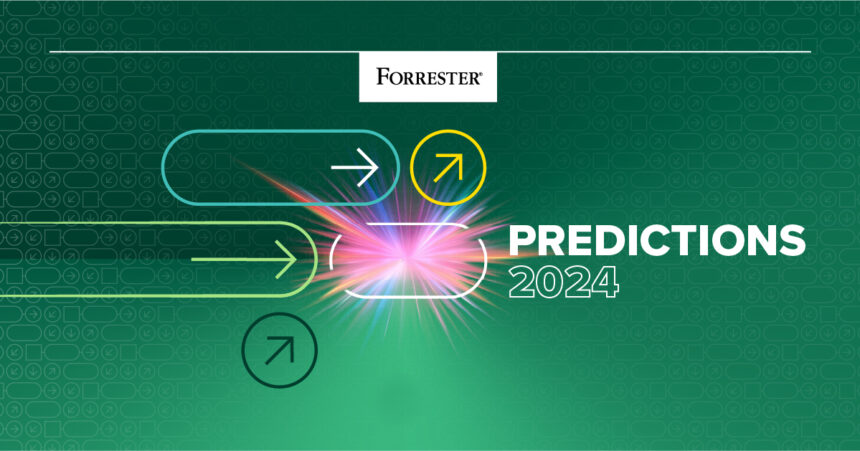A year ago, we predicted that citizen development would dominate, enterprise business leaders would take over API strategies, metaverse standards would remain a mess, value stream management adoption would continue apace, and WebAssembly would take off at the edge. These predictions largely held true, but there were some things that we didn’t predict.
Like everything else in technology, the world of developers was turned upside down by AI in 2023. Open source projects became “ajar source” projects — meaning that they are partially open. Spotify’s Backstage developer portal grew dramatically in popularity. Previously underestimated initiatives such as developer experience gained criticality, and Google DORA metrics became baseline for DevOps.
With all of that in mind, for 2024, we’re predicting massive changes in how developers write and adopt code. In particular, we’re predicting the following:
- TuringBots will improve software development lifecycle productivity by 15% to 20%. For 2023, we predicted that 10% of worldwide code would be generated by AI-enhanced software development tools. We were overly cautious. 2023 proved that generative AI (genAI) has an exponential impact on software development. In 2024, many development teams will go from experimentation to embedding TuringBots in their software development lifecycle. Coders will gain 20–50% productivity on average — some have seen productivity rise to 200% and more when experienced engineers use genAI to work with languages or libraries outside their normal zone of development. Testers will also gain 15–20% productivity, and all members of product teams will gain above 10% efficiency from their assistive TuringBots in planning and delivery. GenAI will make low-code and high coding much more productive everywhere, and this will exponentially grow going forward.
- More corporate projects will release under ajar source than open source. Partially open ajar source has taken over. For example, Meta released a version of Llama 2 under an “open source” license, which prohibits its use when there are more than 700,000 monthly users. Red Hat, while following its obligations under the GPL (GNU General Public License), has stopped releasing its enterprise changes to the public. We expect that this will open the floodgates for further software licensing ploys, where companies call their license open source when, in fact, it’s not — it’s ajar. Architects who use open source will see many more custom licenses that call themselves open source but have stipulations that require legal approval, and more companies will threaten to drop customers who request the source to which they’re entitled.

- Backstage will become the predominant framework for self-service developer portals. Backstage is a developer portal created by Spotify and donated to the CNCF (Cloud Native Computing Foundation). Its purpose is to consolidate the discovery, creation, and management of developer resources such as Git repos, build pipelines, APIs, and infrastructure automations into a single portal that all developers use as a service. The number of companies investing in a Backstage implementation is astounding; based on forks listed in GitHub, they include Mercedes-Benz, American Airlines, Ericsson, and Lowe’s. In 2024, we expect Backstage adoption to expand and become the number one framework for IT infrastructure and operations teams to automate, abstract, and expose infrastructure capabilities in the form of a developer portal. We also expect that this will begin to chip away at internal API portal vendors as IT shops and the developers within seek a one-stop portal for all their internal development needs.
Read our full Predictions 2024: Software Development report to get more detail about each of these predictions, plus two more bonus predictions. Set up a Forrester guidance session to discuss these predictions or plan out your 2024 software development strategy.
If you aren’t yet a client, you can download our complimentary Predictions guide, which covers our top predictions for 2024. Get additional complimentary resources, including webinars, on the Predictions 2024 hub.








